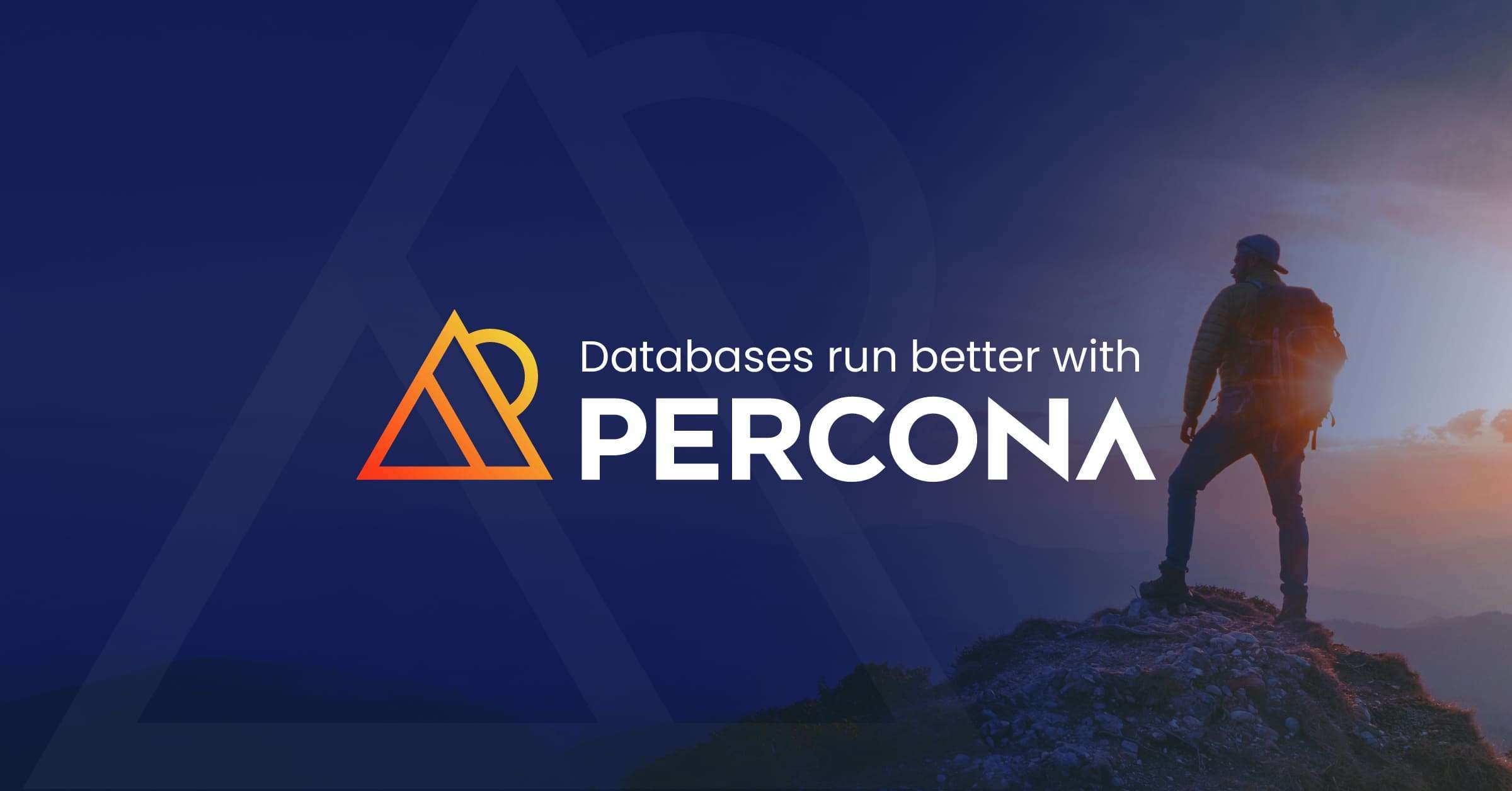 We were in the midst of planning for Percona Live Austin 2020. We had a new venue lined up, an awesome agenda, on-site planning meetings were complete, and lots of sponsors on-board — showing signs of the potential for a bigger and better conference than we’d experienced before. Then BOOM! A pandemic hit, which was not part of my 2020 planning!
We were in the midst of planning for Percona Live Austin 2020. We had a new venue lined up, an awesome agenda, on-site planning meetings were complete, and lots of sponsors on-board — showing signs of the potential for a bigger and better conference than we’d experienced before. Then BOOM! A pandemic hit, which was not part of my 2020 planning!
Nevertheless, we were committed to delivering content in a virtual setting that would cover all major open source database technologies, and in a time frame that would engage as many of the community as possible. We decided a 24-hour, around-the-world virtual conference, would be unique and give everyone a chance to join in — Percona Live ONLINE!
The event was a great success! We heard excellent feedback from the attendees, and exceed numbers beyond any of our in-person events of the past.
After the event, I was asked to detail how we put the event together, our learnings, and what I’d advise anyone trying to bootstrap a virtual conference — during a global pandemic! Here are a few of my key takeaways.
Tech Stack:
- Zoom — We used Zoom as the hosting platform, it was the easiest and most viable solution that would enable us to live stream directly, but had additional security features, such as a Waiting Room to prevent any Zoom bombings.
- Restream — Restream allows streaming to multiple sites, so we used this as our custom streaming service via integration with Zoom.
- Streaming Sites — We live-streamed to YouTube as the primary viewing platform as well as Twitch and Facebook Live.
- Slack — We wanted a central place for communications and conference information, so we decided to use a Slack workspace to keep the conversation together and have separate channels for different technologies and languages. People could also DM each other.
- Percona Live Website —We built a custom webpage on our website, using this for the registration, agenda, posting of streaming information, and sharing videos of the event after it was over.
- Promotion — The Percona team promoted the conference with paid ads, sponsored content on social, virtual event invites to connections, and through email marketing. The entire Percona staff were encouraged to share out on social and added email signatures to their accounts to help drive awareness.
Top Tips:
- KISS — The biggest thing for me was to keep it simple! Running a conference for 24 hours online was new to us, and with limited time and resources, it was a big task to undertake. By not over complicating things with fancy broadcasting solutions or too many streaming options, it allowed us to make it easier to manage, yet very effective and with a broad reach.
- Singletrack — We opted to keep the event a single track and feature many different technologies throughout the day, hoping people would jump in and out for topics or talks they were interested in. Multiple tracks require more resources to run, and its easier to lose the crowd during the event.
- Filler Content — We had options in case a speaker didn’t turn up or had internet issues, including pre-recording a few talks. But it was hard to gauge whether speakers would finish early, or run over. With dead space, you will likely lose your audience, so we wanted to make sure content was streaming the entire time. Luckily Matt Yonkovit, our CXO, was able to record a couple of videos in various lengths to use as filler content for the gap between the end of one talk and the start of the next one.
- Backup Plans and Redundancy — Test, test, and test! We ran many tests on all the live streaming platforms to test out various scenarios where internet connectivity or tech failures might cause an issue. And, we were confident in our backup solutions if anything went wrong, that we could switch over to working platforms or recorded content immediately if needed.
- Setting the Agenda — Luckily, we had many great talks that were already scheduled for Percona Live in Austin to choose from. We worked through them to ensure we had all technologies covered in various timezones and to find the best fit for the speaker’s time zone, wherever possible.
- Speaker Communication — This was key to managing 30 speakers across worldwide timezones. We built good documentation and clear instructions for the speakers about how to access the stream and host their talk.
- Speaker Ready-Checks — Prior to entering the live stream room, all speakers did checks with a member of the Percona team that went through audio, video, and screen shareability. This also gave us time to troubleshoot any issues or decide if we needed to use a pre-recorded version. I strongly recommend performing these checks about 30 minutes before a talk. Things can change quickly, so issues that were tested hours before can re-emerge if too much time goes by.
- Hosts — We had Percona team members from various teams and around the world be our hosts throughout the 24-hour event, with 37 employees volunteering! Each host facilitated introductions to speakers, Q&A, and had prepared questions for the speaker as time permitted.
Things to Keep or Change:
- I would probably have shorter talks in some instances and a couple more lightning talks to keep the topics changing, and the audience engaged.
- I would have more filler content presented by different people — perhaps presented as lightning talks?
- I would keep a single track, as multi-tracks run the risk of losing the audience and make it more challenging to manage.
- I’d keep the communications channels with speakers and hosts the same and maintain the Slack workspace, as many attendees seemed to enjoy engaging there.
Matt Yonkovit, Valentina Lago, and I chatted in a bit more detail about planning and running Percona Live ONLINE — feel free to watch!






